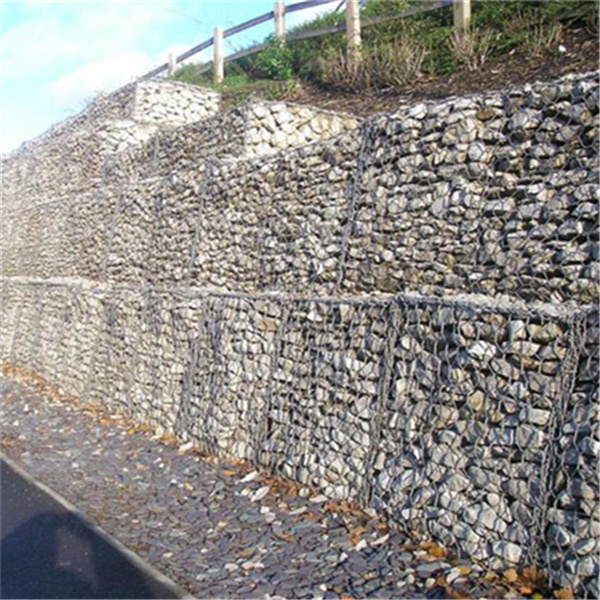10月 . 13, 2024 12:25 Back to list
Estimating Costs for Gabion Wall Construction and Implementation
Estimating the Cost of Gabion Walls
Gabion walls have become increasingly popular in construction and landscaping due to their durability, aesthetic appeal, and eco-friendliness. These walls, made of wire mesh filled with rocks, gravel, or other materials, offer a practical solution for controlling erosion, managing runoff, and providing structural support. When planning a project that involves gabion walls, one of the crucial steps is estimating the cost. This article aims to guide you through the factors influencing the cost of gabion walls and how to create a reliable estimate.
Understanding Gabion Walls
The design and purpose of gabion walls can greatly influence their cost. Gabion structures can vary from small decorative walls in a garden to large retaining walls for roadways or hillside stabilization. Common uses include erosion control on riverbanks, creating noise barriers, or simply enhancing the aesthetic of a landscape. Understanding the intended purpose helps determine the size and type of materials required.
Factors Influencing Cost
1. Material Costs The primary materials involved in constructing gabion walls are the wire mesh and the fill material. The choice of wire mesh (galvanized, PVC-coated, etc.) affects both durability and price. Similarly, the fill material can vary widely. While natural stones can be less expensive, decorative stones or recycled materials may increase the cost.
2. Dimensions and Quantity The size of the gabion wall directly impacts the amount of material needed. Calculate the height, width, and depth of the wall to determine the volume of fill required. Additionally, the number of gabion baskets needed will depend on the design and dimensions.
3. Labor Costs Labor can represent a significant portion of the overall cost. If a contractor is hired, their rates will depend on the complexity of the installation, local labor costs, and any additional preparation needed for the site. DIY projects may save on labor costs but require a significant amount of time and effort.
gabion wall estimate

4. Site Preparation If the installation site involves rocky terrain, extensive vegetation, or steep slopes, additional site preparation may be necessary. Clearing and grading the area can add to the overall cost, as it may require heavy machinery or additional labor.
5. Transport Costs The cost of transporting materials to the site can vary based on local availability and site location. If materials need to be procured from distant suppliers, transport costs can quickly add up.
6. Permits and Regulations Depending on your location and the scale of the project, you may need to obtain permits to build a gabion wall. These costs should be factored into your overall estimate to ensure compliance with local construction codes.
Getting an Estimate
To obtain a realistic estimate for your gabion wall project, it’s beneficial to start with a detailed plan. Consider using software or online calculators that allow you to input dimensions and select materials, giving you a ballpark figure for material costs. Next, reach out to local suppliers for quotes on materials and inquire about labor costs from contractors. Additionally, if possible, seek advice from professionals with experience in gabion wall construction for a more accurate picture.
Conclusion
Estimating the cost of gabion walls requires careful consideration of multiple factors, including materials, dimensions, labor, and site preparation. By advancing through these considerations methodically, it is possible to create a detailed and accurate estimate for your project. Ultimately, investing time in the planning stage will pay off in the quality, durability, and aesthetic appeal of the finished gabion wall.
-
HESCO Gabion Baskets for Coastal Erosion Prevention
NewsAug.22,2025
-
Longevity and Durability of River Rock Gabion Walls
NewsAug.22,2025
-
How to Integrate Gabion 3D Walls in Urban Planning
NewsAug.22,2025
-
Reno Mattress Gabion Applications in Civil Engineering
NewsAug.22,2025
-
How to Install Wire Mesh for Gabion Baskets Properly
NewsAug.22,2025
-
Best Materials for Filling a Chain Link Gabion
NewsAug.22,2025
-
Wire Mesh Thickness Impact on Gabion Wall Load Bearing
NewsAug.12,2025






